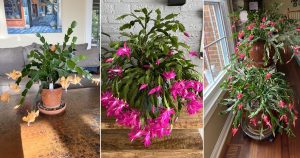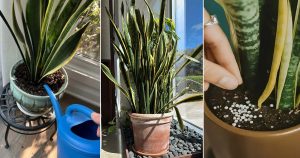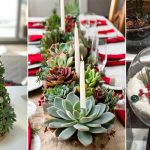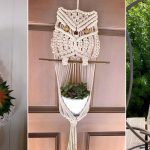Discover the most common mistakes people make when displaying trailing succulents and learn how to avoid them to enhance their growth.

Trailing succulents are adored for their cascading beauty and how effortlessly they flow. They instantly add charm to shelves, balconies, and hanging planters. However, many of us unintentionally damage these delicate beauties by displaying them incorrectly. Check out! What if you have been doing that too?
Common Mistakes
We are sure you must have met these adorable succulents already. But we’d still want you to meet String of Pearls, Burro’s Tail, String of Hearts, and String of Bananas, which are a few among the dainty, delicate, and absolutely gorgeous trailing succulents. But one wrong step and we end up hurting them too much. Check the mistakes!
1. Placing them in Low Light
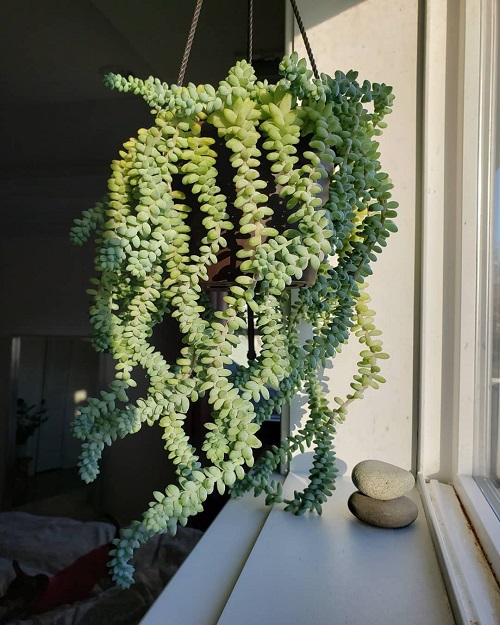
Never generalize in the case of succulents! There are succulents that can thrive in low light. To keep their shape, color, and growth rate, they require bright, indirect light.
If they are kept in dark rooms, the stems lengthen, the beads or leaves fall off, and the plant gets skinny and weak. A window facing the east or the south would be a perfect place for them, or you can put them under grow lights, if you are going to keep them indoors.
Also, remember that trailing succulents tend to stretch faster than upright ones. So even a few weeks in poor light can change their shape permanently. Keeping them closer to natural light helps maintain that neat, fuller cascade.
2. Don’t choose to Hang too High

Hanging planters are visually pleasing, however, if you put trailing succulents at a very high place, you will not be able to water them properly or maintain them. Which means they will be underwatered, infested with pests, and eventually will rot.
Make sure that they are placed at a level from which you are able to see the moisture of the soil and can prune as necessary. And the care routine will go smoothly as it should.
A gentle reminder: keeping them too high also means you might miss early signs of trouble like mealybugs or shriveled leaves. These tiny issues become big very fast in trailing succulents.
3. Using Pots Without Drainage
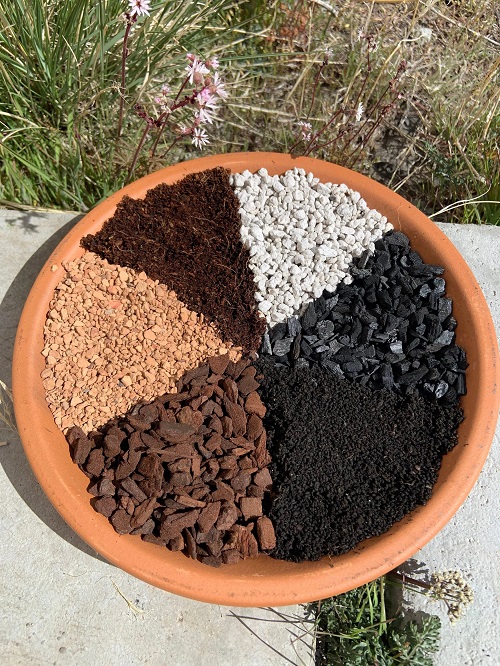
Succulents hate soggy soils. Trailing varieties, with their delicate stems and bead-like leaves, are even more prone to root rot in such cases. Decorative pots without drainage holes trap excess water, causing fungal growth and rot.
Use well-draining pots and soil blends. If you wish to use a decorative pot, keep the plant in a plastic pot inside it or a pot that ensures drainage and air flow.
If you absolutely must use a pot without drainage, always water very sparingly and tilt the pot gently to remove extra water. But honestly… drainage makes life easier for everyone.
4. Overcrowding Shelves and Walls
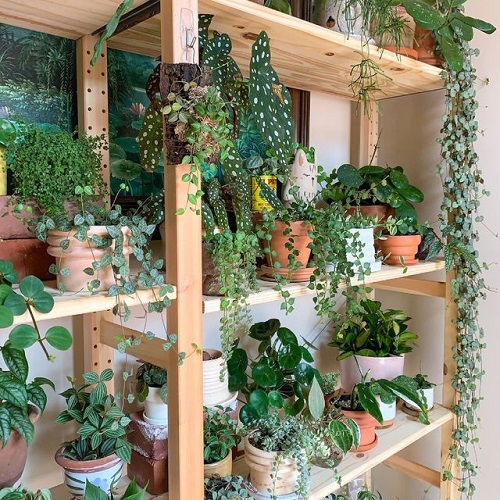
We know the vibe you are aiming for, but at what cost? We often display trailing succulents on busy shelves, cluttered wall hangers, or suffocate too many of them together.
Overcrowding hampers airflow and exposes plants to excessive humidity, both of which encourage rot. The vines also get tangled with other plants or decor items, making handling difficult. Give each trailing friend a spacious place of its own to grow and flow freely and cascade naturally.
5. Ignoring Their Growth Pattern
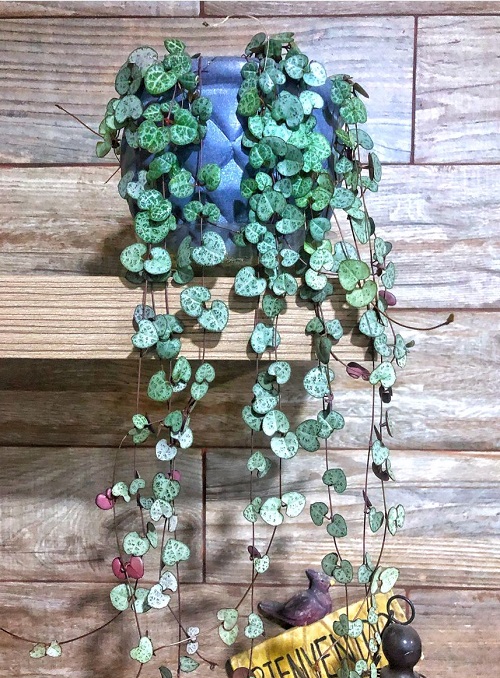
Trailing succulents need space to flow. Flat surfaces, small cups, or jars force them to curl or grow upward. This not only affects their shape but can also stress the plant.
Try experimenting with some hanging baskets, wall-mounted planters, or shelf edges that allow the plants to fall like a stream naturally.
6. Overwatering

When succulents are kept high or in huge hanging pots, people often water without checking the soil. Overwatering is the villain, remember always! Especially for these trailing species that store water in their leaves.
Always check soil moisture by touch, for instance, insert your finger 1-2 inches into the soil or use a moisture meter. Water only when the top few inches feel fully dry to your fingers or when the moisture meter suggests.
7. Displaying Them Outdoors Without Protection
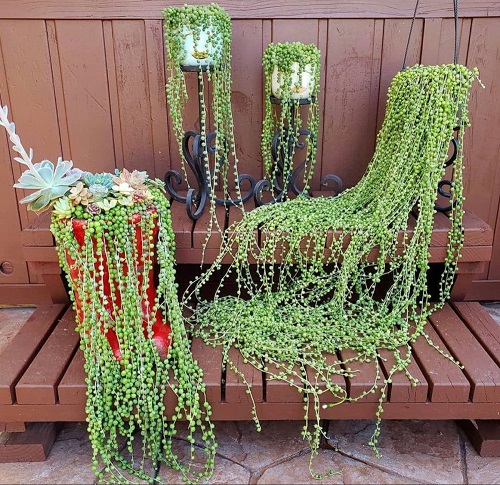
Outdoor balconies and windowsills expose trailing succulents to harsh sunlight, heavy rain, or strong winds. Many species get sunburned easily, and rain can cause waterlogging.
Provide filtered light outdoors and shelter during extreme conditions. Understand how every plant is different and what care they require in extreme weather, because remember – do not generalize when it comes to succulents!
Taking care of trailing succulents is a combination of getting the right vibe and taking good care of the plants. Don’t make these mistakes that most people make to keep your succulents green, colorful, and nicely cascading. Share with us the changes you made and which is your favorite trailing succulent in the comments



